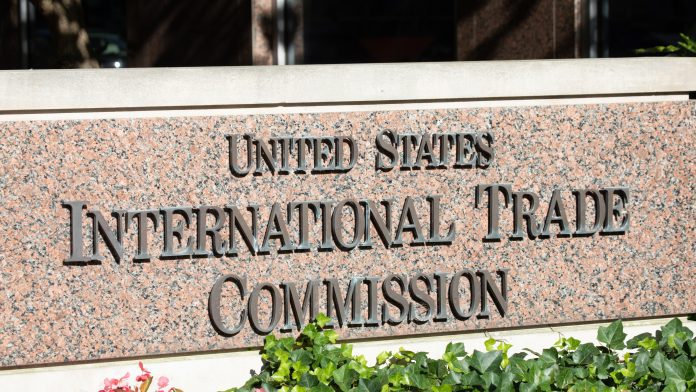The U.S. International Trade Commission (USITC) released its second report analyzing the economic impact of the United States-Mexico-Canada Agreement (USMCA) automotive rules of origin. The study found that while the rules benefited U.S. suppliers by boosting employment, revenue, and investment, they slightly reduced profits and production for U.S. automakers. The report also revealed that imports of vehicles from Canada and Mexico declined, while imports from non-USMCA countries increased. Though external factors like tariffs, electrification, and legislation also played roles, the rules of origin (ROOs) had the most direct impact on automotive trade and manufacturing since the agreement took effect in 2020.
Here’s why it matters:
Dealers operating in North America rely heavily on consistent, cost-effective vehicle and parts supply. The USITC’s findings show that USMCA’s rules have reshaped supply chains and increased regional investment, especially in U.S.-based parts manufacturing. While that benefits local economies and long-term regional trade resilience, the stricter sourcing requirements have pushed up production costs, which could affect vehicle pricing and availability. Dealers should monitor how these changes may influence inventory, margins, and consumer price sensitivity as automakers respond to sourcing pressures and international trade policy evolves.
Key takeaways:
- U.S. suppliers saw strong gains under USMCA
From 2020 to 2024, U.S. parts makers added $3.42 billion in revenue and nearly 5,400 jobs, while steelmakers gained 2,500 jobs, largely due to USMCA rules. - Automakers lost some ground
U.S. vehicle production revenue declined by $251 million, and light vehicle prices rose slightly. Production shifted to comply with sourcing rules, driving up costs. - Import patterns shifted
Imports of vehicles from Canada and Mexico dropped by 37,600 units, while imports from non-USMCA countries rose by 14,300 units, reflecting cost competitiveness outside the region. - Investment in U.S. auto manufacturing surged
Annual investment jumped from $27.9 billion in 2019 to $87.8 billion in 2023, before easing to $34.1 billion in 2024. Much of this investment targeted parts manufacturing tied to USMCA compliance. - Strict rules may shape future trade decisions
With the 2026 USMCA review approaching, automakers and suppliers are expected to push for refinements to the ROOs as they adapt to electric vehicle growth, tariff changes, and labor requirements.



